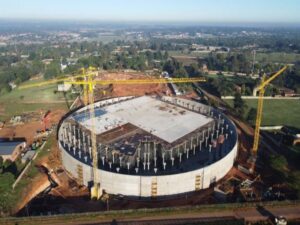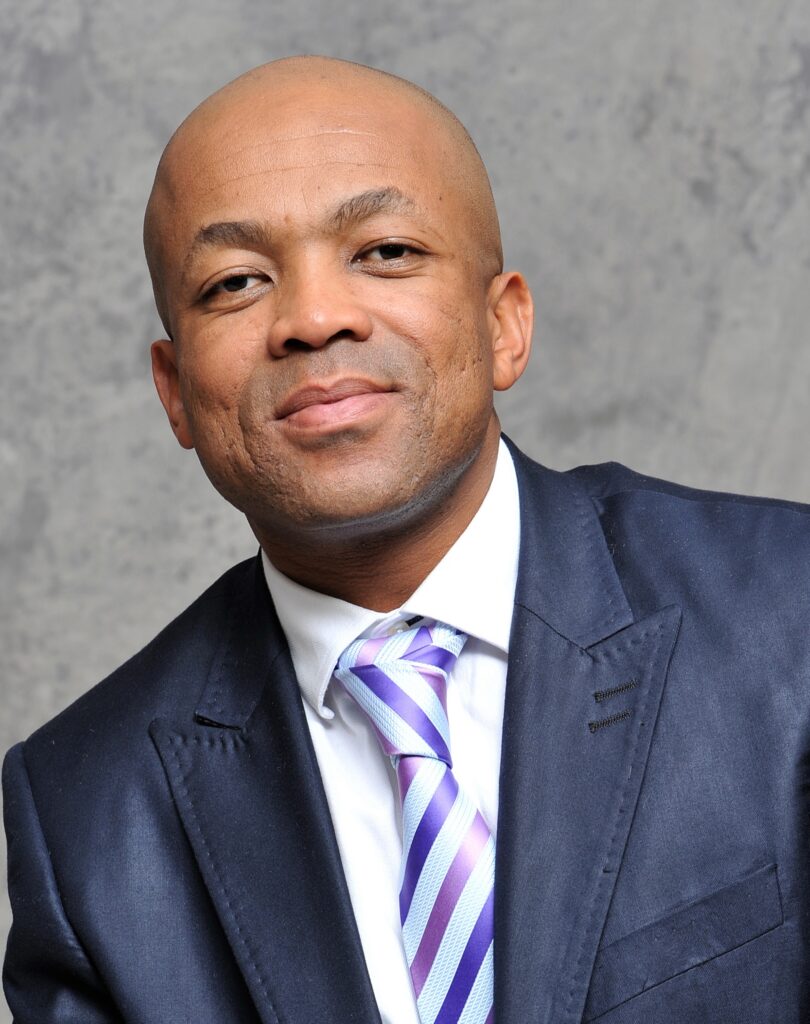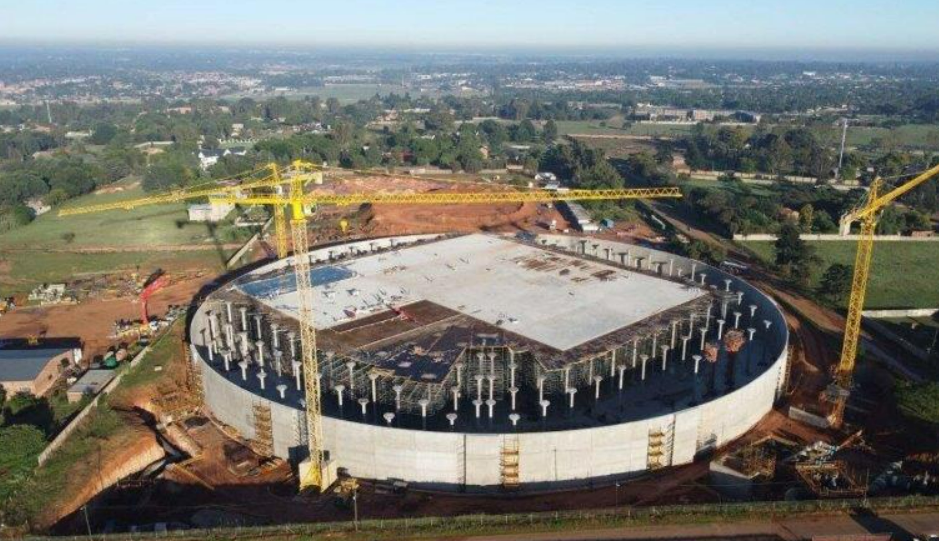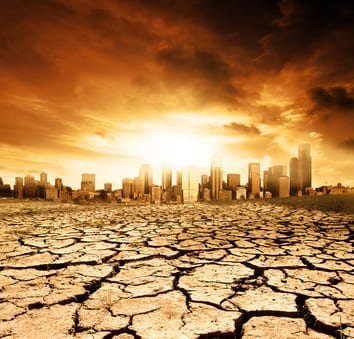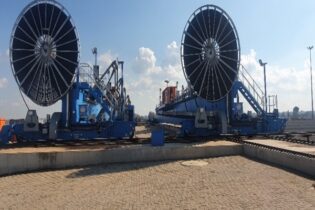Gauteng’s water supply faced critical issues in 2024. Rand Water's CEO discusses challenges, maintenance efforts, and future sustainability plans.
Gauteng’s water supply has been a topic of concern throughout 2024 since Rand Water’s October announcement that water supply might face critical issues if demand and usage do not decrease there has been increasing scrutiny of the water board and the municipalities they supply.
Rand Water’s 2024 period was a busy one that saw massive planned maintenance projects and some unplanned maintenance taking place. This was set against the backdrop of Johannesburg Water’s own maintenance and upgrades, leading to several days of system recovery, and in some cases no supply. Towards the tail-end of the year, there was a clear supply crisis where Rand Water made a public announcement that implicated municipal water use – urging municipalities to control the demand by tightening up their efforts around non-revenue water (NRW). With many of Gauteng’s residents worried about future supply problems, Rand Water’s group chief executive officer Sipho Mosai took the opportunity to give an overview of how Rand Water operates and where it stands at their year-end Rand Water Talks conference. Mr. Mosai says “It is crucial that all the stakeholders are transparent. Water is a public good and how the system functions and what the problems are should be public knowledge. Rand Water is committed to its mandate, but the public does not know or understand what we do or how we operate and, in an effort, to remain transparent we must educate the water users.”Rand Water Operations
“Rand Water is a bulk water supplier- it is not responsible for ensuring water flows to households but rather they are responsible for providing quality bulk water to the various municipalities whose job is to provide water services to the public. They are one of the largest bulk water suppliers in the world and the largest in Africa. “It is our duty to ensure that our bulk water meets high standards – we go above the standards set by the Department of Water and Sanitation and ensure that water that goes out to municipalities is both sufficient of quality and quantity,” adds Mosai. Rand Water operates by extracting water from the various water sources in South Africa such as the Vaal and then processes this raw water into clean drinking water. This is governed by an extraction license issued by the DWS that limits the amount of water Rand Water can extract.Mosai gives context by adding “We are currently supplying 4554 Mℓ per day, to 17 municipalities, 27 mines, 2 railways, and 937 industries and direct customers – about 18 million people.”Rand Water distributes its water through 60 carefully placed service reservoirs, 4 main booster stations located at Zwartkopjes, Palmiet, Mapleton and Eikenhof, two large pumping and purification stations At Vereeniging and Zuickerbosch, 3438 km of pipeline network, and seven corporate supply systems. Due to the high demand, Rand Water is currently over-extracting at 1800 million cubic metres (Mm3) per annum versus the authorised license of 1600Mm³/annum. This is 20000 Mℓ of water over the authorised amount. “To decrease the current abstraction and ensure the security of our water systems, Rand Water is decreasing the abstraction by 12% to meet the license of 1600 million m3 per annum. Through engagement with our various users, we have alerted them to the supply decreases- and in turn, they are responsible for ensuring the reduction of demand on their side,” says Mosai.
“Our current demand management measures are aimed at directly addressing the supply problem- and are informed by a long-term approach to water security.”
- The demand management plan currently includes, but is not limited to:
- Reduction of bulk leak wastage in the Rand Water network (accounting for ~4% of total water pumped)
- Reducing municipal the NRW of 50% (30-40% physical water loss).
- Implementation of projects: Project 1600, the Gauteng intergovernmental forum, and the Platform for a
- Water Secure Gauteng. (PWSG)
- Development from alternative water supply: Groundwater exploitation and effluent reuse (reclamation)
Asset management
“Let me clear – no system is perfect in that it will never leak or require maintenance. In fact, maintenance is the single biggest weapon in our arsenal to keep the water running and ensure that Rand Water delivers,” explains Mosai who goes on to say. “We have had an important year at Rand Water, undertaking several large maintenance projects – all of which are done through careful consideration, calculation and implementation. Planned maintenance is not done reactively and even if this makes me unpopular – Rand Water will always ensure that maintenance is done when it is needed and necessary because if we fall behind on that, there are massive implications.”Rand Water’s asset management is broken into three phases:
- Baseline phase: Overall lifecycle costs are minimised through correct design, trade-offs between different lifecycle cost components and appropriate timing of lifecycle actions.
- Operations and maintenance phase: This includes maintenance and planning, ensuring that the asset (at a minimum) achieves its original design or estimated useful life.
- End-of-life asset management phase: Extending the life and/or capacity of the asset through selective renewal, augmentation, or disposal of the asset.
Rand Waters’s operational achievements in numbers
- Unqualified audit report of 100%.
- 93% board member attendance.
- 0 days with unplanned bulk supply interruptions.
- 100% of the board resolutions were taken.
- Customer satisfaction of 86%
- Rand Water saw an actual water loss of 4.84% against its target of 5%.
- 100% of statutory reports were submitted on time.
- BBBEE spending as a % of total expenditure was 112%.
- 100% of work awarded to BBBEE companies against a target of 85%.
- 46 corporate social initiatives.
- 3 municipalities were identified and given support.
- 100% project completion against the target of 95%
- 134% of the project expenditure was within the Rand value budget.
- 0 breaches.
Rand Water finances
- Rand Water’s gross profit margin through its primary activities was 31% against the estimated 29%.
- Rand Water’s net profit margin through private activities was 23% against the 20% target.
- Rand Water’s gross profit margin from secondary activities was 5.2% against the 5% target.
- Rand Water’s net profit margin from secondary activities was 5% against the 1% target.
- An 11.1% return on assets
- Rand Water has a debt-to-equality ratio of 0.08.
Threats to Rand Water
While understanding the important work Rand Water does, it must be made clear that the water utility navigates serious challenges that pose a threat to it and water security in South Africa. Mosai highlights some of the major risks that Rand Water faces and how they impact the utility:- Deteriorating availability, reliability, and quality of electricity: While Eskom has made strides to stave loadshedding off, and the country opens up to more independent energy producers, electricity remains a concern for Rand Water.
- The unsustainability of the supply of potable water: Water is a finite resource, and water scarcity in South Africa made worse by climate change poses a serious risk to replenishing the country’s vital water sources. This necessitates a look into engineering projects that see more water reuse and more efficient water use while implementing demand management strategies.
- Liquidity and funding risk: Water in South Africa has a financial problem and Rand Water is not immune. From a culture of non-payment that goes bottom-up to the slow embrace of public-private partnerships, the water sector needs more financing and investment.
- Threat to critical Rand Water assets: This speaks to the safety from vandalism, sabotage, as well as financing impacting the flow of work at Rand Water.
- Vulnerabilities to losses due to cyber attacks: As everything becomes more digital, the role of cyber security plays a bigger role. Globally, state institutions face issues related to cyber threats from those seeking to exploit information and data for profit.
- Delays in infrastructure project implementation and completion: While 2024 was a success, Rand Water worries about future projects that could be delayed which has a knock-on effect. An example is the delay of the Lesotho Highlands projects which has impacted South Africa’s water security.
- Inadequacy to respond to climate change and its impact on future sustainability: Climate change is an existential threat to society as a whole, particularly to water. The slow response to its presence has left the water sector on the back foot. This goes beyond simple mitigation but extends to planning for new climate-resilient infrastructure and its impact on water supply.
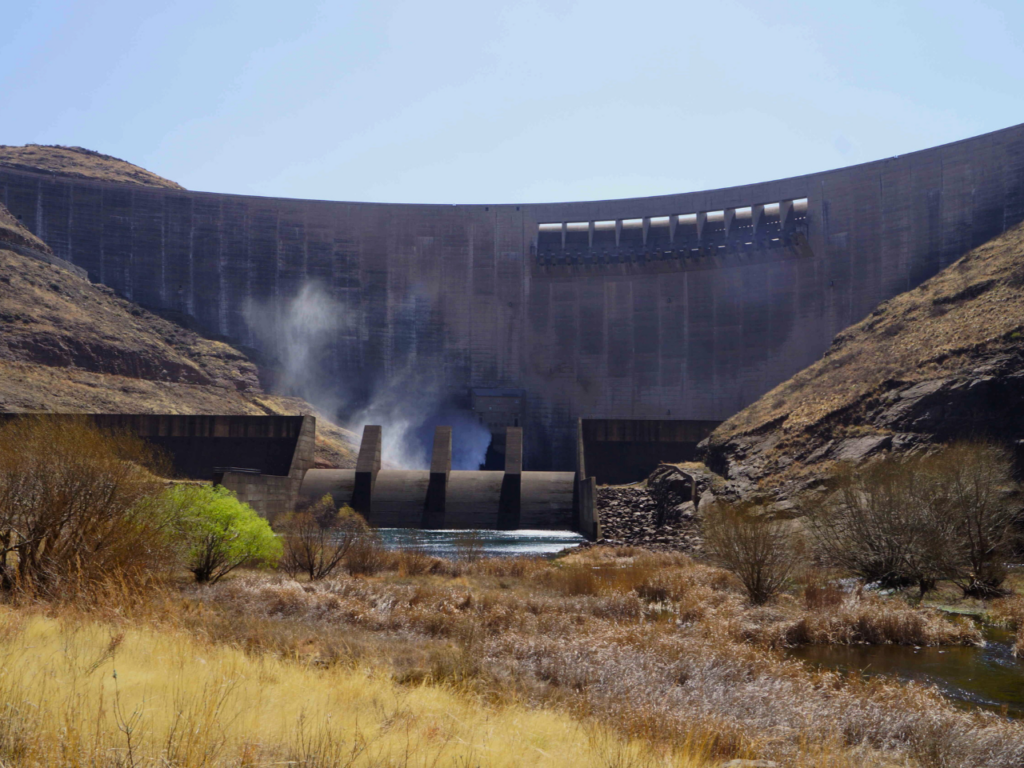
Delayed projects, like the Lesotho Highlands Water Project, have a knock-on effect on the entire sector. Rand Water identifies delays as an existential threat to the overall health of South Africa’s water sector.


